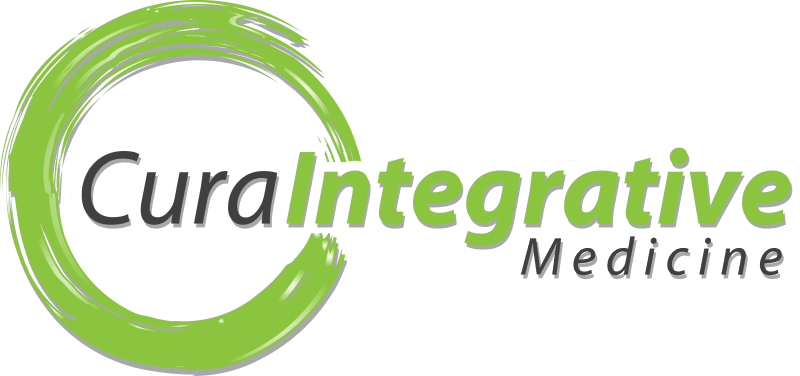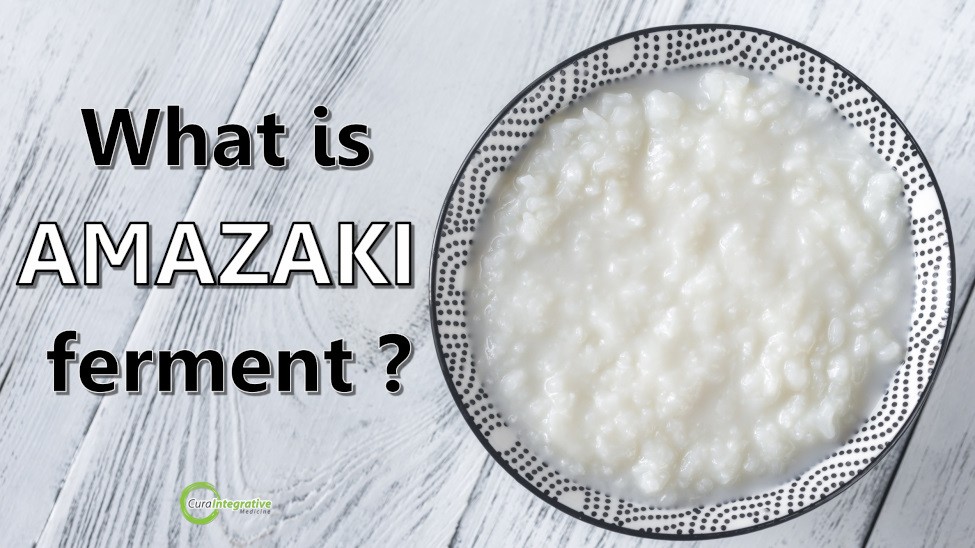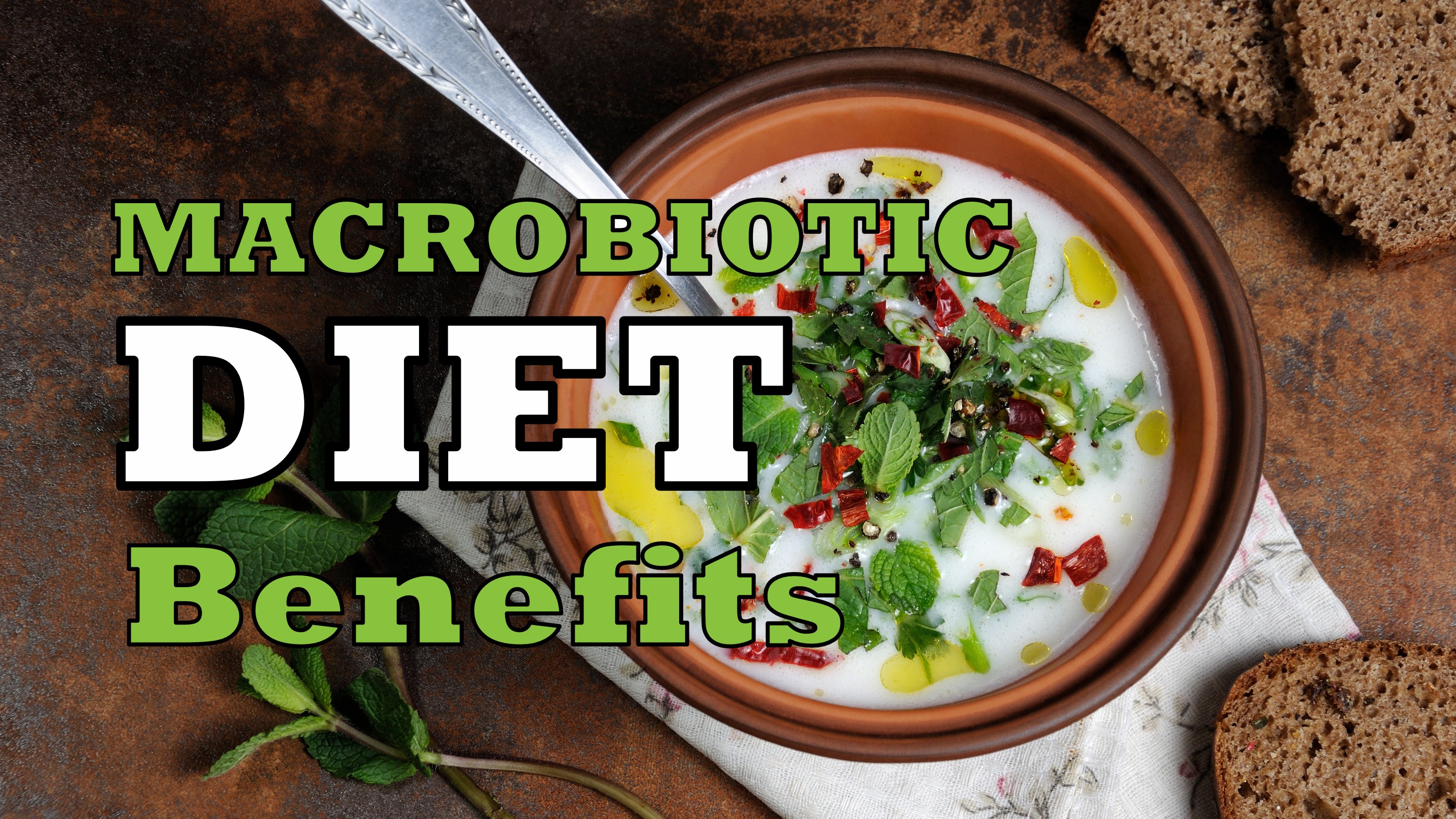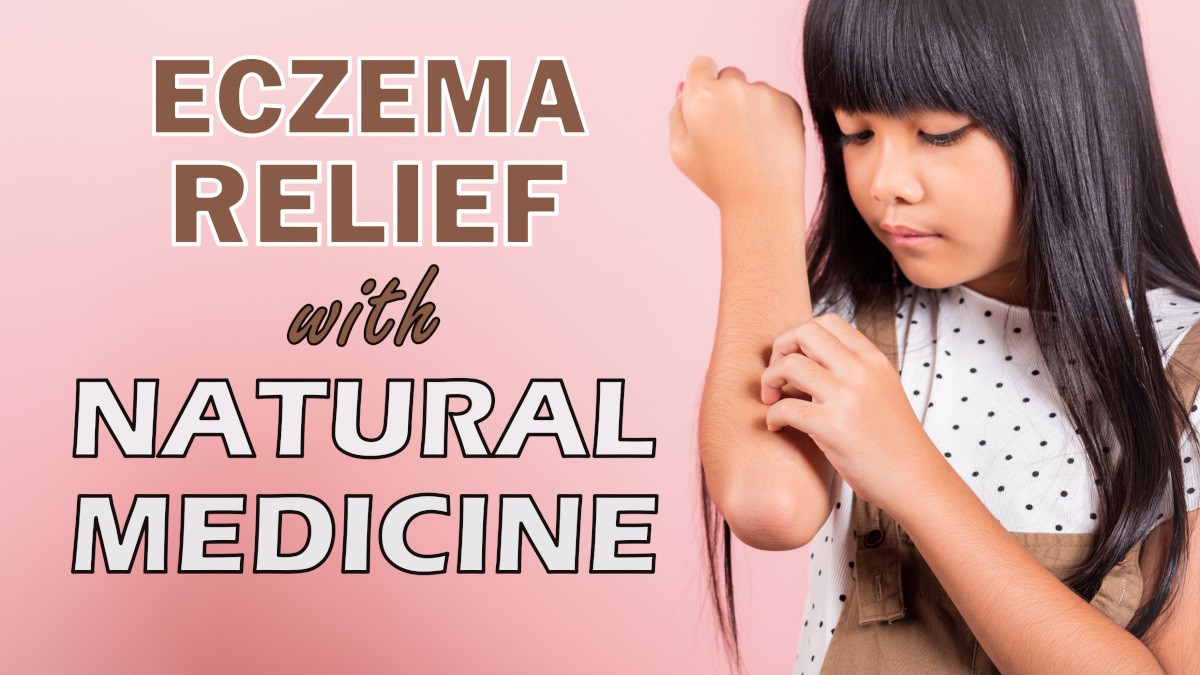Koji is a less known superfood found in a variety of macrobiotic foods. Containing Aspergillus oryzae, koji is used to make foods such as miso, amazaki and tamari. Read More…
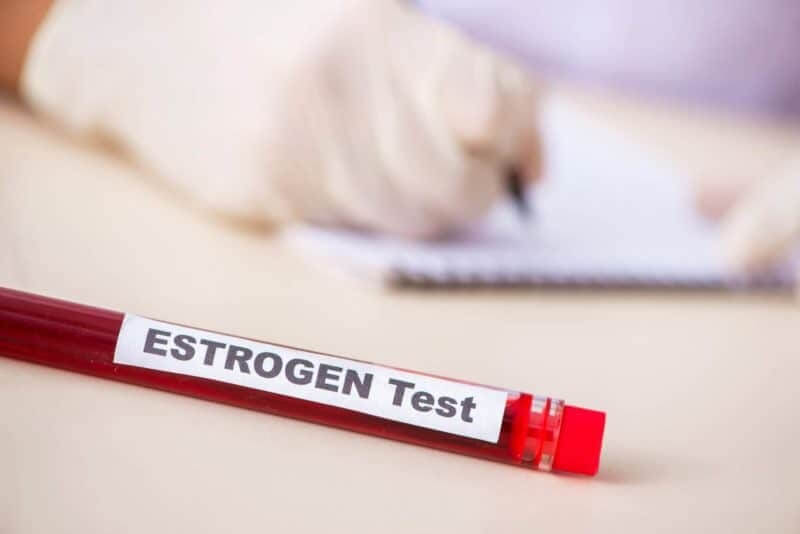
Oestrogen and Functional Testing
Posted 7 Jun '20
Out of all the hormones, most of us have heard of Oestrogen (US spelling estrogen). Today I will shed a little light on the different types of Oestrogen.
Our bodies make three different forms oestrogens:
- Oestrone (E1)
- Oestradiol (E2)
- Oestriol (E3)
Oestrone (E1) is usually considered an “unhealthy” oestrogen. It is still bio-identical, but you do not want an excess of oestrone around when you are attempting to balance the delicate balance of women’s hormones.
Oestrone is common in young girls when they about to start menstruating or after menopause. Oestrone metabolites can raise the risk for cancer and functional tests can identify these metabolites in urine. Since they can be linked to some cancers, we ideally do not want high levels circulating our body.
Oestradiol (E2) is the strongest of the three oestrogens. Oestradiol is common in conventional hormone replacement in the form of oral, patches or transdermal which is commonly called HRT (Hormone Replacement Therapy). HRT medications such as Premarin and Prempro are not oestradiol and are not bio-identical hormones as often stated to sound naturally occurring. There are both benefits and negatives of oestradiol. Optimal balance is the key to health and all hormones working in harmony.
Benefits of Oestradiol:
- Keeps metabolic temperature stable (hot flashes and night sweats at bay)
- Keeps bone density strong
- Neuroprotective for the brain
- Helpful for libido and sex drive
Negatives of Oestradiol:
- Oestradiol promotes growth (for example uterine fibroids, thickening of uterus)
- Excess can cause spotting between mense
- Growth of breast tissue
- Cause breast tenderness
- Low Mood, emotional, irritable
- Weight gain
Once again, to avoid the negative effects of the Oestradiol, balance is the key.
Oestriol (E3):
Oestriol is the mildest form of oestrogen. When you combine oestriol with oestradiol you can get the beneficial effects of oestradiol and oestriol, without excess of the negative effects mentioned above.
Also, oestriol is excellent for skin elasticity and mucous membrane health. Oestriol is therefore important for prevention of vaginal dryness during menopause and pain during intercourse.
If you have found this to be informative and helpful to you, share it. If you have any questions, get in touch.
